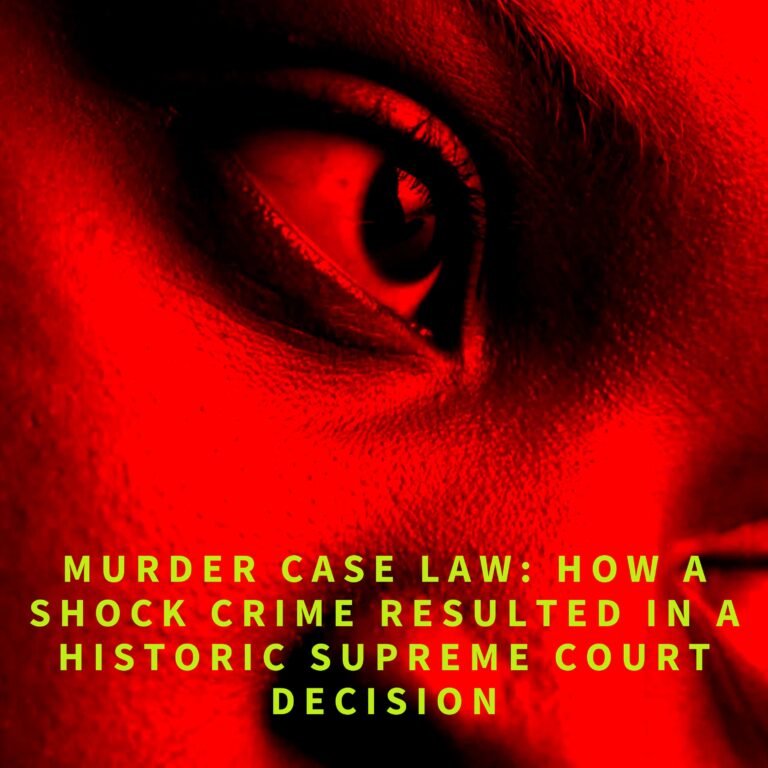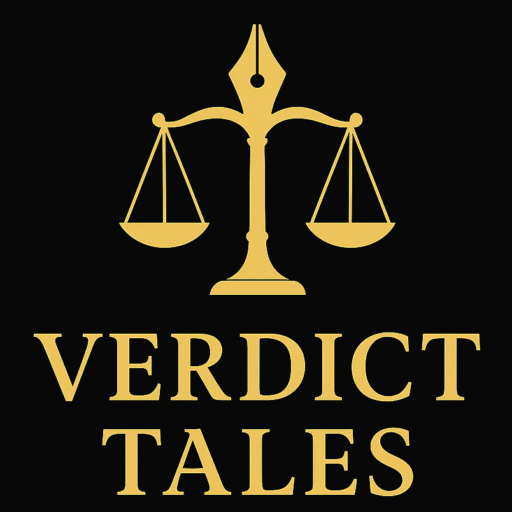Dunyapur: A Tragic Discovery
Imagine a peaceful afternoon, December 11, 2010, in Dunyapur, Pakistan. Walking with his cousin Maqbool Ahmed, Muhammad Sadiq hears odd noises emanating from his brother Abdul Majeed’s residence. Entering, curious, they find Abdul Majeed dead—supposedly murdered by his wife, Mst. Naseem Akhtar, and her putative boyfriend, Muhammad Ijaz.
This sad incident set a significant precedent on evidence standards and launched a legal struggle that ascended all the way to the Supreme Court of Pakistan, therefore changing murder case legislation.
The Legal Battle: Trial Court through Supreme Court
Starting with Muhammad Sadiq’s report, the cases Criminal Appeal No. 169 of 2023 and No. 170 of 2023 began. While another man, Rustam Khan, held his legs, Sadiq said he observed Naseem and Ijaz strangling Abdul Majeed with a wire.
The court convicted Naseem and Ijaz under Section 302(b) of the Pakistan Penal Code—Naseem to life imprisonment and Ijaz to death.
The Lahore High Court maintained the convictions.
Reevaluating the evidence, the Supreme Court reversed the decision, finding significant errors in the prosecution’s case.
Key Legal Ideas in Death Case Law
The ruling of the Supreme Court relied mostly on basic legal theories:
1. Eyewitness Testimony Must Be Reliable
The prosecution turned to Sadiq and Maqbool, although their stories contained glaring contradictions:
- Sadiq gave a different version of Rustam Khan’s involvement.
- There was not a single independent witness—like Muhammad Idrees—offered.
2. Motive Has to Be Proved
Though they offered no proof, the prosecution claimed that Naseem and Ijaz had an illegal affair as their motivation. The allegation fell without evidence.
3. Value of Uncertainty Safeguards the Innocent
Should evidence leave reasonable doubt, the accused has to be cleared. The court determined in this case that there were too many holes to support a conviction.
Why Medical Evidence Shattered the Case of the Prosecution
The post-mortem report was a big turning point:
- Carried out seventeen hours following death, raising questions about evidence manipulation.
- Two discrete ligatures were found, not continuous as in strangulation.
- No defensive wounds—that is, no bruises or scratches implying no struggle.
Referring to Modi’s Medical Jurisprudence and Toxicology, doctors said the results more closely matched suicide by hanging than murder.
Final Ruling of the Supreme Court
The Supreme Court:
✅ Acquitted Naseem Akhtar and Muhammad Ijaz
✅ Ordered their instantaneous release
✅ Emphasized prosecutor mistakes in evidence and witness believability
The decision strengthened the fact that murder case law requires unquestionable evidence—not presumptions or unreliable testimony.
Important Notes from this Murder Case Law Ruling
✔ Strong Evidence Turns Around Cases: Weak medical findings and conflicting testimony can weaken the case presented by a prosecution.
✔ Motive Must Be Proven: Courts want specific evidence; an accused affair is insufficient.
✔ Advantage of Doubt Saves Lives: Justice has to err on the side of caution to stop erroneous convictions.
👉 Read more about how Pakistan courts handle conflicting evidence in murder trials
FAQ: What You Should Know
Q: Why did the Supreme Court reverse the conviction?
A: Unreliable medical evidence, absence of motive evidence, and conflicting witness accounts all pointed in different directions.
Q: What implications does this have for future murder trials?
A: Courts will examine evidence more closely to make sure nobody is found guilty without strong, unambiguous proof.
Q: Could the death of Abdul Majeed have been a suicide?
A: Though the court decided based on the prosecution’s inability to show murder, the medical evidence indicated possible suicide, but with no clear proof.




